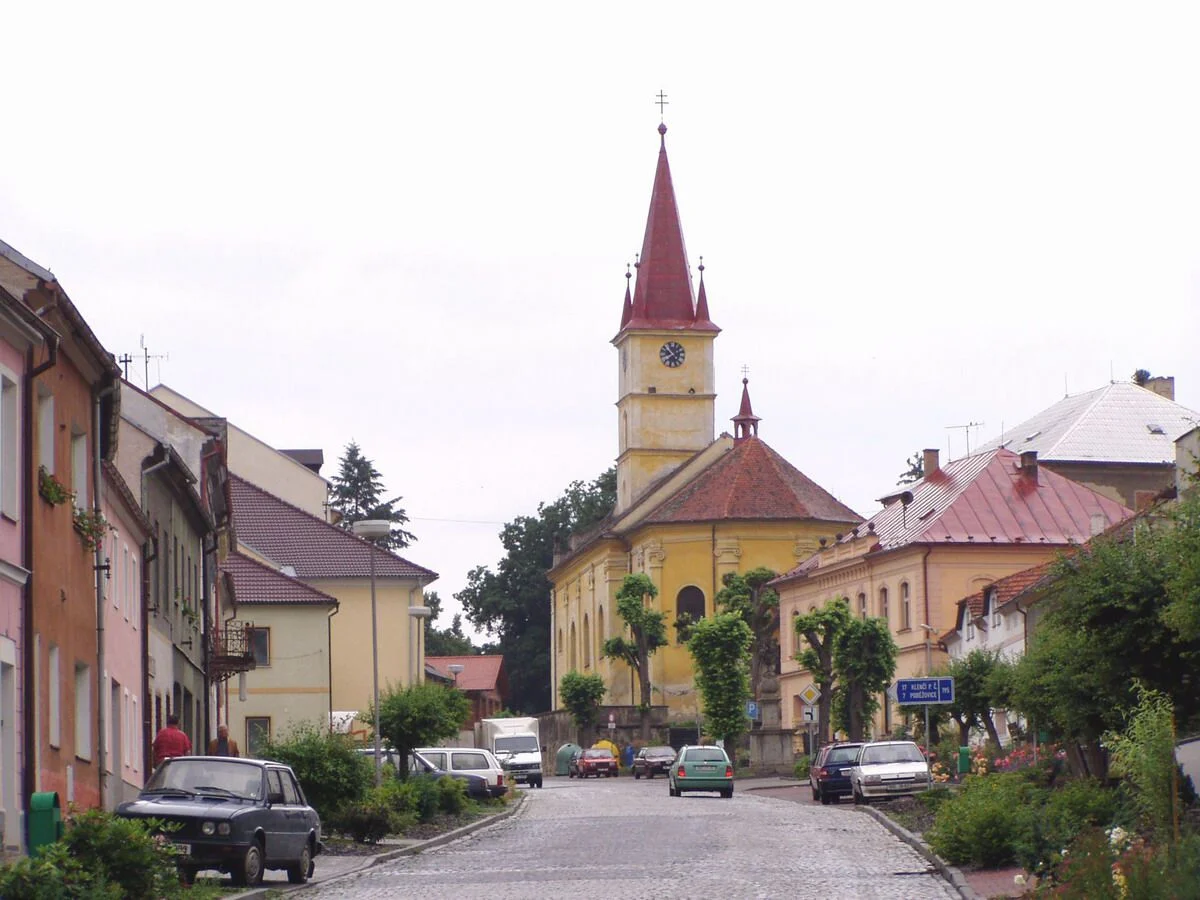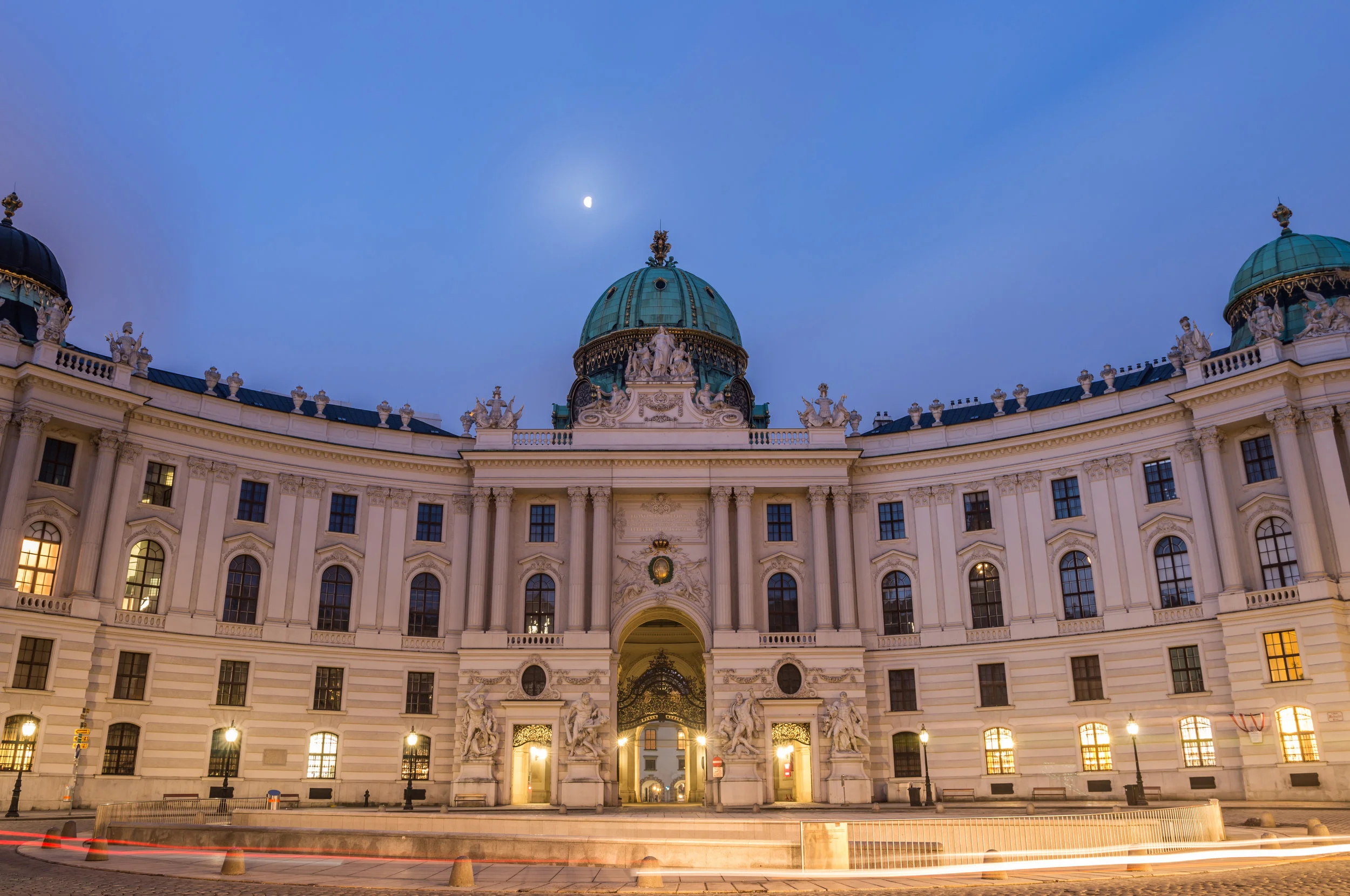Breed History
Andreas Hausberger from the Spanish Riding School, pictured on Maestoso Basowizza
This rare baroque breed is best known for the highly trained white stallions of the Spanish Riding School in Vienna, Austria, who perform the difficult Airs above the Ground. Pictured here is Andreas Hausberger on Maestoso Basowizza (2005). There are an estimated 11,602 purebred individuals world-wide, with approximately 981 purebred Lipizzans in North America. Also known as Lipizzaner, they can now be found in other places distant from Europe such as Australia and South Africa.
Lipizzans represent over 450 years of careful breeding, founded upon selection of superb horses gathered from all over the world. They not only possess beauty and nobility, but also a rare combination of courage, strength, ability, temperament, and intelligence.
Until 1916, the Lipizzan stud farm always remained the private possession of the Habsburg monarchy. The expansion of the breed had been affected over the centuries by military conflicts. Whenever warfare threatened the Lipizza stud, the horses were moved away. During these moves, individual horses would occasionally be given or sold to other studs. From these horses came other small Lipizzan studs, usually within the boundaries of the Austrian empire. World Wars I and II again brought relocation and near extinction of the breed.
Today Lipizzans are found beyond the borders of what was once the Austrian-Hungarian Empire. Being a rare breed, the number of foals born each year is correspondingly small. Extreme care is taken by those involved in the production of Lipizzan horses to insure that the purity of the breed is preserved. Much effort has been expended to develop educational programs to foster voluntary adherence to the traditional breed goals and objectives. In North America, the USLF continues this effort to educate breeders, to provide opportunities for evaluation of horses, and to provide a stud book of evaluated breeding stock.
Early European History
The history of the Lipizzan horse breed is a reflection of modern European History – especially influenced by the upheaval of war. The following summary outlines the development and trials of the breed, which are well documented.
The Lipizzan (or Lipizzaner) was created by the House of Hapsburg and the Austro-Hungarian Monarchy. In 1580 the Archduke Charles II, a brother of the Holy Roman Emperor Maximilian II, founded the court stud at Lipizza. Now Lipica Stud Farm in Slovenia, just north of Trieste, Italy.
A famous receipt shows that 9 stallions and 24 mares were imported from Spain to the Imperial stud at Lipizza in the year 1580. Additional Spanish horses were bought and brought to the stud regularly into the 18th century.
By the time the Imperial stud was founded at Lipizza, the use of horses with Spanish blood was a well-established trend in the courts of Europe. In 1572, Maximilian II (Emperor from 1564 to 1576) had the Stallburg built in Vienna where he founded a school of equitation called the Spanish Riding School, since only horses of Spanish decent were used. These famous facilities are still in use today.
Starting from around 1700, Italien, German and Danish horses were purchased for the stud. The Italian horses came from Polesina in the Po river basin and from Naples; the Danish horses from the Royal Court Stud at Fredercksborg; the Germans were imported from the region of Lippe-Bückeburg.
For a long time the horses were called “Karst” or “Spanish Karst” horses. The first mention of “Lipizzan” or “Lipizzaner”, which derives from the location of the Imperial stud farm, dates to the second half of the 1800s.
In 1797 the first of three Imperial stud farm evacuations occurred in the face of Napoleon’s advancing armies (1797, 1805 and 1809). During the same period of time an earthquake (1802) destroyed many of the stable buildings. The advancing armies destroyed most of the breeding records. Through these hardships the breed endured and “seeded” populations of Lipizzans in Eastern Europe – which now lends this rare breed strength through genetic diversity.
After the final exile of the French Emperor in 1815 the stud at Lipizza was found to have fallen into disrepair. However, upon return the breed recovered and again flourished. In 1852 and 1856, Emperor Franz Joseph I bought valuable new stock, purebred Arabians, from Syria and Palestine.
World War I (WWI) forever changed more than three centuries of Lipizzan breeding. In 1915, when Italy entered the conflict, the Emperor decreed that the stud would have to leave Lipizza. The breeding stock were taken to Laxenburg, near Vienna, and the rest of the horses went to Kladrub in Bohemia.
The end of WWI saw the Lipizzans divided. Thirty-seven young mares removed to Kladrub were appropriated by the new government of Czechoslovakia. Of the 17 mare lines remaining in Laxenburg, lengthy negotiations resulted in a division: 107 horses were given to Italy and returned to the Lipizza stud (then in Italian territory) and 97 remained in Austria (and formed the foundation stock of the modern day stud of Piber).
The airs above the ground or school jumps are a series of higher-level, Haute ecole, classical dressage movements in which the horse leaves the ground. They include the capriole, the courbette, the mezair, the croupade and the levade.
One other significant event occurred at the end of WWI: public performances of the white stallions began at the Spanish Riding School, as a means to generate revenue and garner public support for the breed – previously reserved only for the monarchy and visiting dignitaries.
World War II also had its affect on the Lipizzan breed. In 1942 all the horses at the Piber stud farm were transferred to a former Czech farm at Hostau in the Bühmerwald. The stallions were kept in Vienna and evacuated to St. Martin in Upper Austria in 1945. In 1941-1942, the Lipizzans of the Yugoslave Imperial stud farms, private studs, and the main Italian stud farm at Lipizza were also moved to Hostau - concentrating the majority of the population at one place. From 1941 to 1945, Hostau was prosperous and the number of horses increased. In April 1945, the Hostau stud farm was secretly handed over to the U.S. Army after covert contact was made with the the Eighth U.S. Army commanded by General George S. Patton, himself a dressage rider who had participated int the 1912 Olympics in Stockholm. A surprise action led by Colonel Charles H. Reed of the Second Cavalry Brigade saved the Lipizzans.
Hostoun (German: Hostau) is a town in the District of Domazlice in the Region of Pilsen in today's Czech Republic.
Most of the Austrian Lipizzans were returned (215 head) and kept at Wimsbach near Wels (in Upper Austria), until they were moved in 1952 back to Piber.
The other horses at Hostau were transferred to German stud farms or commandeered by the U.S. Army and brought to the United States. In 1947, the Lipizzans that had been moved to Hostau from Lipizza were returned to Italy – and taken to a stud farm, Monterotondo, near Rome.
In 1944, Yogoslavia took Lipizza and renamed it Lipica. By the end of 1947 there were 23 breeding horses at Lipica and the reconstruction of the original herd had begun. In 1991, modern-day Slovenia gained its independence from Yugoslavia, and now operates the Lipica stud farm.
The Spanish Riding School (German: Spanische Hofreitschule) of Vienna, Austria, is a traditional riding school for Lipizzan horses, which perform in the Winter Riding School (Winterreitschule) in the Hofburg.
As demonstrated above, there are many chapters to the history of the Lipizzan breed which are well documented in numerous languages, books, and movies. Sources referenced for this summary:
Kugler, G. (2004). The Lipizzan Horse: A Guide to Vienna’s Spanish Riding School and Lipizzaner Museum. Verlagsgruppe SMB GmbH & Co KG.
Handler, H. (1972). The Spanish Riding School. McGraw-Hill Book Company.
Isenbart, H. and Bührer, E. (1986). The Imperial Horse. Motovun ‘Switzerland’ Copublishing Company Ltd., Lucerne.
Reuter, Wolfgang. (1982). The Lipizzaners and the Spanish Riding School. Pinguin-Verlag, Innsbruck.






